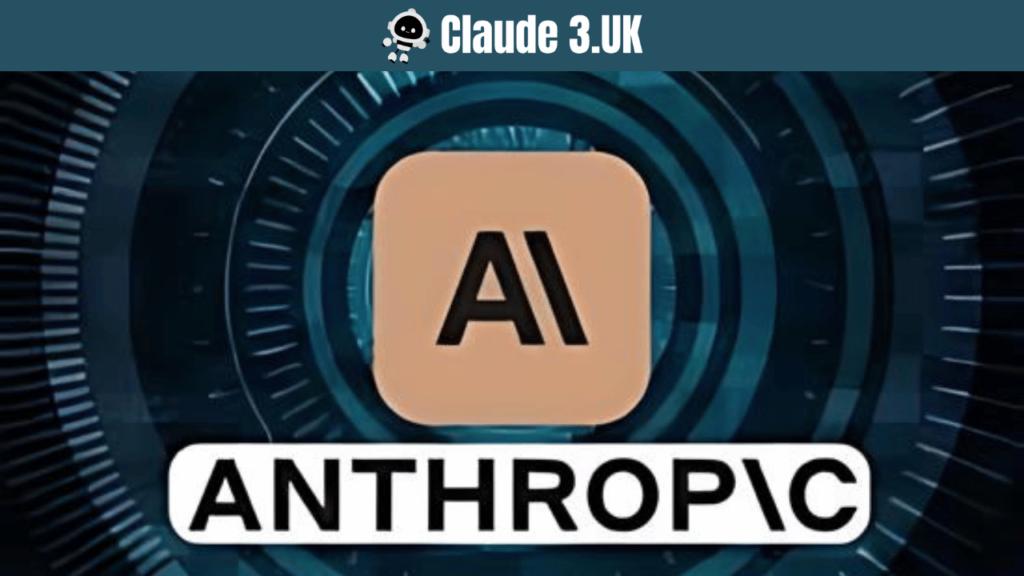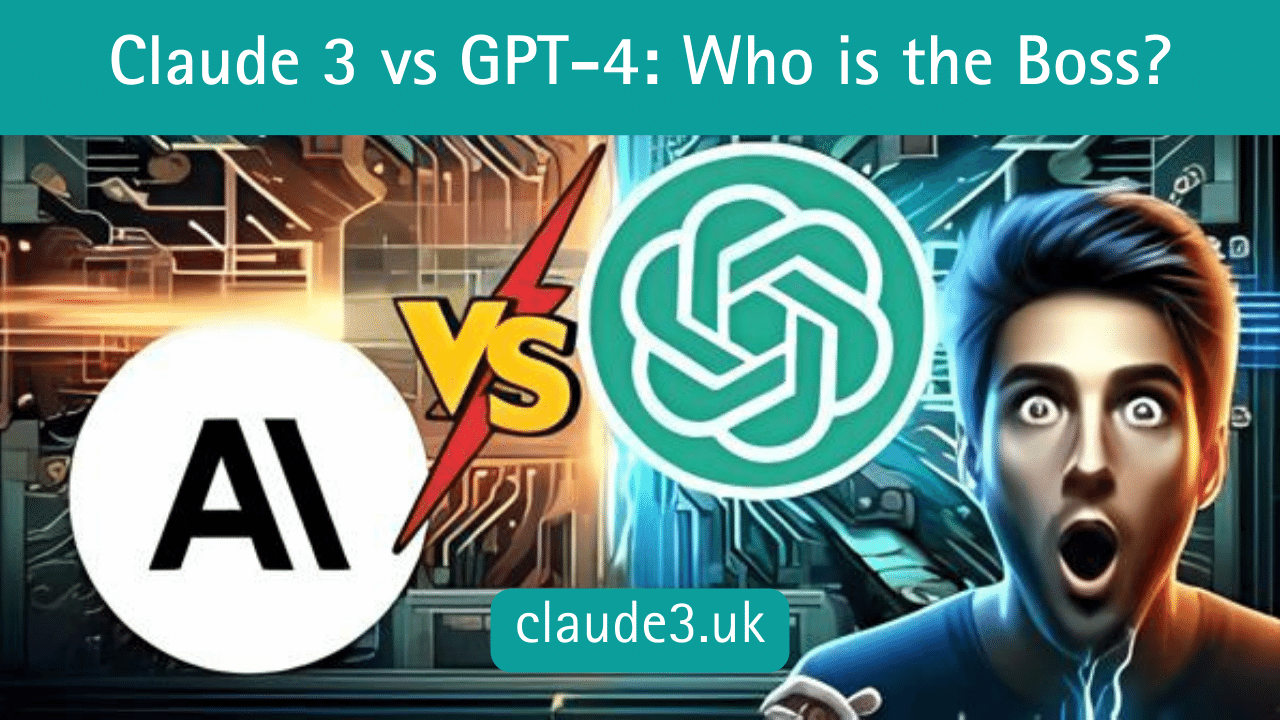Introduction
Artificial Intelligence (AI) has rapidly evolved, bringing forth powerful models that transform the way we interact with technology. Among these advancements are Claude 3 by Anthropic and GPT-4 by OpenAI. Both models have garnered significant attention for their capabilities in natural language processing (NLP), coding, and more. This article delves into a detailed comparison of Claude 3 and GPT-4, exploring their strengths, weaknesses, and applications to determine which AI model reigns supreme.
Overview of Claude 3 and GPT-4
Claude 3
Claude is an advanced AI engine developed by Anthropic, released in March 2024. It is part of the Claude suite, which includes Claude 2 and Claude 2.1 LLM. Claude 3 is designed to handle text, images, and other visual data, performing complex tasks such as interactive coding, research review, and hypothesis generation.
GPT-4
GPT-4, developed by OpenAI, is the fourth iteration of the Generative Pre-trained Transformer series. Known for its robust NLP capabilities, GPT-4 excels in text generation, translation, summarization, and more. It has been widely adopted across various industries due to its versatility and performance.
Key Features and Capabilities
Natural Language Processing
Claude 3
It offers advanced NLP capabilities, excelling in tasks such as answering questions, proofreading, writing, translating, and summarizing text. It maintains context over extended interactions, ensuring coherent and relevant responses.
GPT-4
GPT-4 is renowned for its NLP prowess, capable of generating human-like text, performing translations, summarizing documents, and engaging in detailed conversations. It has a strong ability to understand context and generate accurate, contextually appropriate responses.
Coding and Development
Claude 3
It stands out in coding tasks, offering interactive coding capabilities. It can write, debug, and optimize code, providing valuable assistance to developers. Its ability to handle complex coding tasks with high accuracy makes it a powerful tool in software development.
GPT-4
GPT-4 also supports coding tasks, generating code snippets and debugging. However, its coding capabilities are generally considered less advanced compared to Claude 3, especially in handling complex coding problems.
Visual Data Interpretation
Claude 3
It can interpret and respond to images and visual data, such as charts, diagrams, infographics, drawings, and handwritten text. This multimodal capability allows it to extract meaningful insights from visual inputs, making it versatile in applications requiring both text and image processing.
GPT-4
GPT-4 primarily focuses on text processing and lacks the robust visual data interpretation capabilities that offers. While it can process some forms of visual data, it is not as proficient as Claude 3 in this domain.
Complex Task Execution
Claude 3
It excels in executing complex tasks such as research review, hypothesis generation, and interactive coding. Its ability to plan and execute actions, combined with its advanced NLP and visual data interpretation capabilities, makes it a comprehensive tool for multifaceted tasks.
GPT-4
GPT-4 is also capable of handling complex tasks, particularly those centered around text generation and analysis. However, it may not match Claude 3’s performance in tasks that require integration of both text and visual data.
Applications
Business and Customer Support
Claude 3
Businesses can leverage Claude for automating customer service, generating marketing materials, and analyzing customer sentiment through visual data interpretation. Its ability to handle a variety of tasks makes it a valuable asset in improving operational efficiency and customer satisfaction.
GPT-4
GPT-4 is widely used in business for generating content, automating customer support, and performing data analysis. Its strong NLP capabilities ensure accurate and efficient handling of customer queries and content creation.
Education and Research
Claude 3
In education and research, it assists in summarizing academic papers, generating hypotheses, and reviewing literature. Its ability to process both text and visual data makes it ideal for educational content creation and detailed explanations.
GPT-4
GPT-4 is extensively used in educational applications for generating learning materials, providing tutoring, and summarizing research findings. Its robust text generation capabilities enhance the learning experience for students and researchers alike.
Healthcare
Claude 3
It can assist in reviewing medical research, providing information on treatments, and supporting telemedicine applications. Its accuracy in handling complex information ensures quality support in healthcare settings.
GPT-4
GPT-4 is used in healthcare for generating medical content, assisting in patient inquiries, and summarizing medical research. Its ability to understand and generate detailed text makes it a useful tool for medical professionals.
Creative Industries
Claude 3
Creative professionals can use it for brainstorming, generating lists of ideas, and developing content. Its ability to interpret and generate visual and textual content makes it versatile for creative projects.
GPT-4
GPT-4 is a popular choice in the creative industry for writing scripts, generating story ideas, and creating marketing content. Its powerful text generation capabilities support various stages of creative development.
Technical Specifications and Development
Claude 3
It is built on advanced neural network architectures designed to process and generate natural language and visual data. It is trained on diverse datasets, ensuring its ability to handle a wide range of inputs accurately. Ethical considerations are prioritized in its development to reduce biases and ensure fair, reliable performance.
GPT-4
GPT-4 utilizes the Transformer architecture, known for its efficiency in processing large volumes of text data. Trained on a vast corpus of text from the internet, GPT-4 excels in understanding and generating human-like text. OpenAI has also implemented measures to mitigate biases and enhance the model’s ethical use.

Ethical Considerations
Claude 3
Anthropic has focused on creating a safe and ethical AI with Claude. Efforts include reducing biases, aligning AI behavior with human values, and ensuring data security and privacy. This emphasis on ethical AI enhances user trust and reliability.
GPT-4
OpenAI has implemented various strategies to ensure the ethical use of GPT-4. These include reducing harmful outputs, improving transparency, and fostering responsible use. OpenAI also engages with the research community to address ethical concerns and improve the model’s safety.
Future Prospects
Claude 3
It’s future development will likely focus on enhancing its capabilities in NLP, visual data interpretation, and complex task execution. Integration with emerging technologies such as quantum computing and advanced robotics could unlock new applications and further enhance its performance.
GPT-4
Future advancements for GPT-4 may include improved context handling, expanded capabilities in multimodal processing, and enhanced ethical safeguards. Continuous updates and integration with new technologies will ensure GPT-4 remains a leading AI model.
Conclusion
Claude and GPT-4 are both powerful AI models with distinct strengths and applications. Claude 3 excels in multimodal capabilities, interactive coding, and complex task execution, making it a versatile tool for various industries. GPT-4, with its robust NLP capabilities and widespread adoption, remains a strong contender in text generation and analysis.
Determining “the boss” between Claude 3 and GPT-4 depends on the specific requirements and use cases. For applications requiring advanced coding assistance and visual data interpretation, Claude 3 may be the better choice. For tasks focused on text generation and NLP, GPT-4 continues to lead.
Both models represent significant advancements in AI technology, and their ongoing development will likely see them becoming even more capable and versatile in the future. As AI continues to evolve, the competition between models like Claude 3 and GPT-4 will drive innovation, ultimately benefiting users across various sectors.
FAQs
How does Claude 3 compare to GPT-4 in natural language processing?
Both Claude 3 and GPT-4 are strong in natural language processing, but GPT-4 is widely recognized for its superior text generation and understanding capabilities. Claude 3, however, maintains context over longer interactions more effectively.
Which model is better for coding tasks?
Claude 3 outperforms GPT-4 in coding tasks. It offers interactive coding capabilities, including writing, debugging, and optimizing code, making it particularly useful for developers.
Can Claude 3 interpret visual data?
Yes, Claude 3 can interpret and respond to visual data such as charts, diagrams, infographics, drawings, and handwritten text. This capability makes it more versatile in handling multimodal tasks compared to GPT-4.
Does GPT-4 have capabilities in image analysis?
GPT-4 primarily focuses on text processing and lacks the robust visual data interpretation capabilities that Claude 3 offers. It is not as proficient in analyzing images and visual data.
What are the ethical considerations for Claude 3 and GPT-4?
Both Claude 3 and GPT-4 have been developed with a focus on ethical AI. Claude 3 emphasizes reducing biases and aligning with human values, while GPT-4 implements measures to mitigate harmful outputs and ensure responsible use.
How do Claude 3 and GPT-4 perform in business applications?
Claude 3 is useful for automating customer service, generating marketing materials, and analyzing visual data. GPT-4 excels in generating content, automating customer support, and performing data analysis due to its strong NLP capabilities.
Which model is more suitable for educational applications?
Both models are suitable for educational applications. Claude 3 is ideal for summarizing academic papers and generating hypotheses, while GPT-4 is excellent for creating learning materials and providing detailed explanations.

2 thoughts on “Claude 3 vs GPT-4: Who is the Boss?”